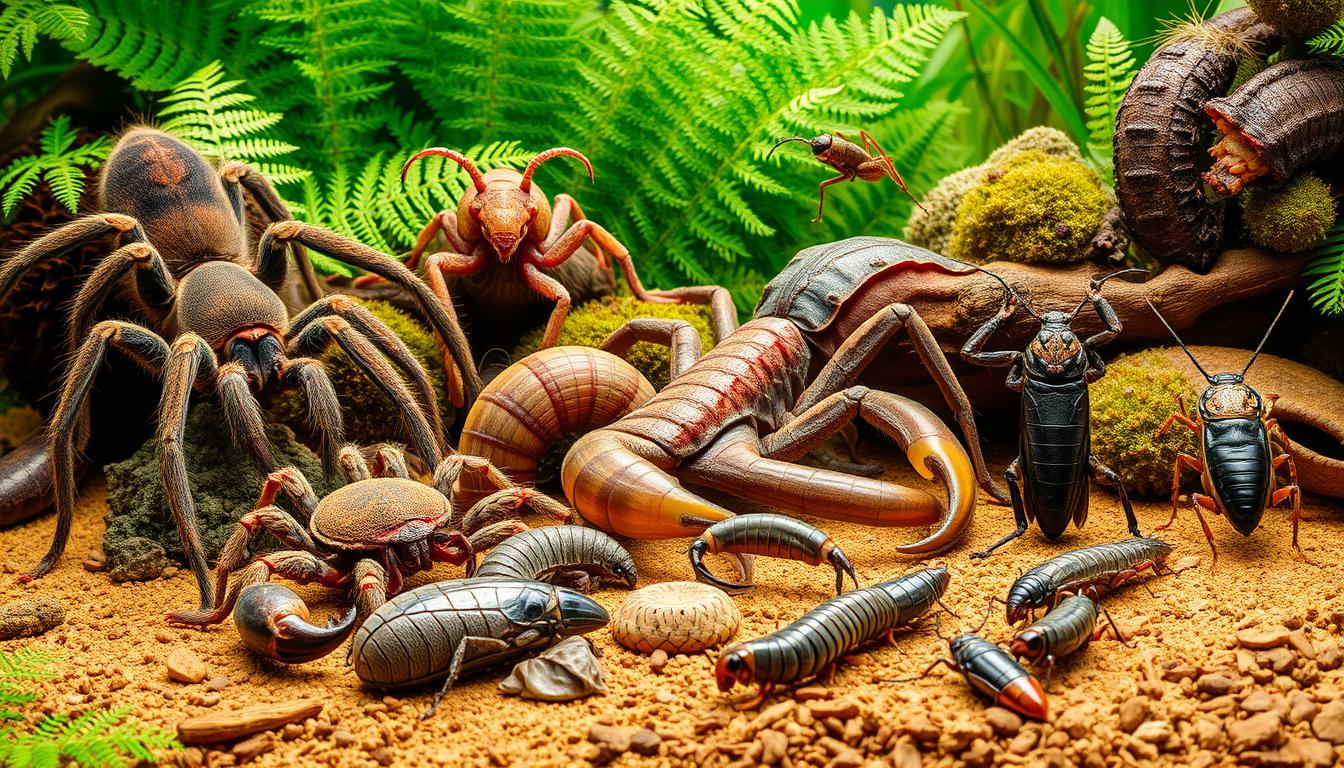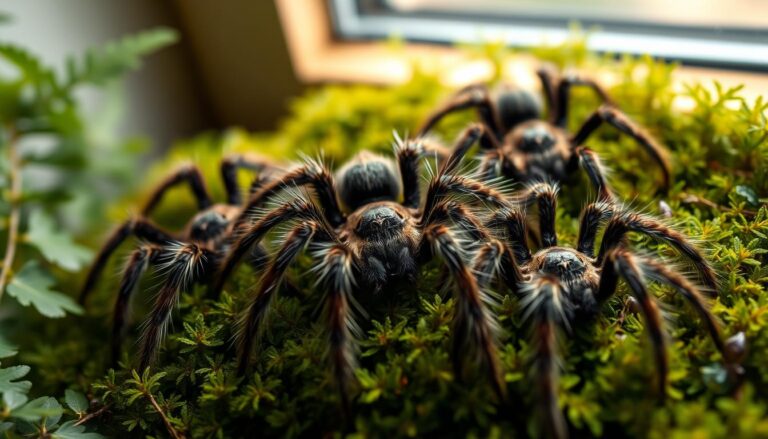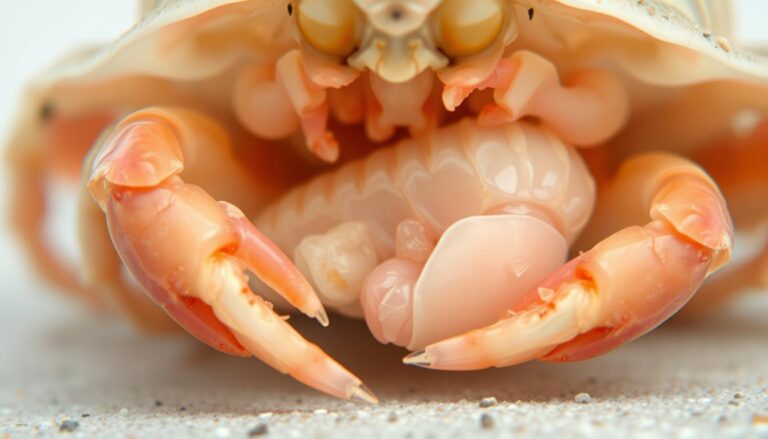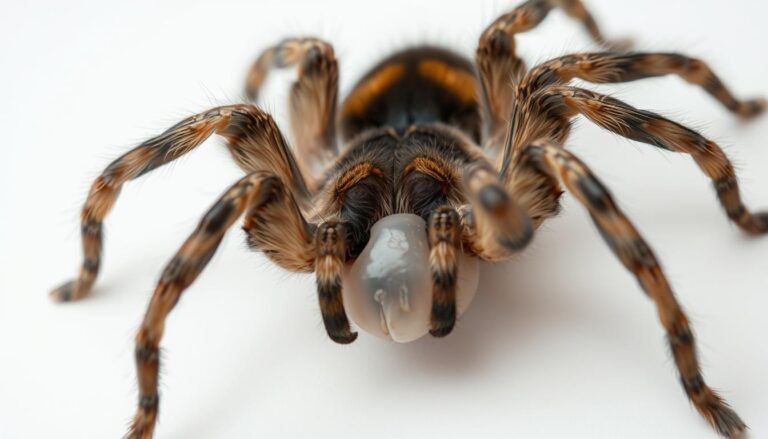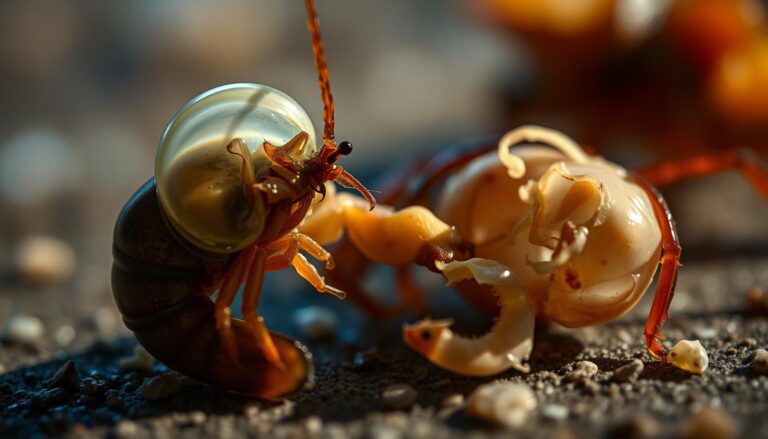Top 10 Invertebrates You Can Keep at Home
Have you ever considered how keeping unique creatures at home could be both educational and fascinating? As more parents look for ways to engage their children in hands-on learning, the trend of caring for exotic species is growing. These small companions offer a blend of exotic appeal and practical care, making them ideal for families….
Have you ever considered how keeping unique creatures at home could be both educational and fascinating? As more parents look for ways to engage their children in hands-on learning, the trend of caring for exotic species is growing. These small companions offer a blend of exotic appeal and practical care, making them ideal for families.
Choosing the right species requires careful thought. Parents must consider factors like lifespan, space, and maintenance. Some species, like the Archispirostreptus gigas, even require adherence to USDA regulations. Expert opinions from forums like Arachnobaron and MrGhostMantis can guide families in making informed decisions.
Beyond their unique appearance, these creatures provide valuable life lessons. They teach responsibility and offer insights into the natural world. With lifespans ranging from 2 to 5 years, they become a meaningful part of family life. This guide will explore the top options and their educational benefits.
Key Takeaways
- Exotic species are becoming popular for educational purposes.
- Parents play a key role in selecting and maintaining these pets.
- Some species require adherence to USDA regulations.
- Lifespans typically range from 2 to 5 years.
- Expert advice from forums can help in decision-making.
- These pets teach responsibility and offer unique learning experiences.
1. Stick Insects: Perfect First Pets for Kids
Stick insects are an excellent choice for families looking to introduce kids to the world of exotic creatures. These fascinating species are known for their unique ability to blend into their surroundings, making them a classroom favorite for teaching camouflage and evolution. Their long-lived nature and low maintenance make them ideal for beginners.
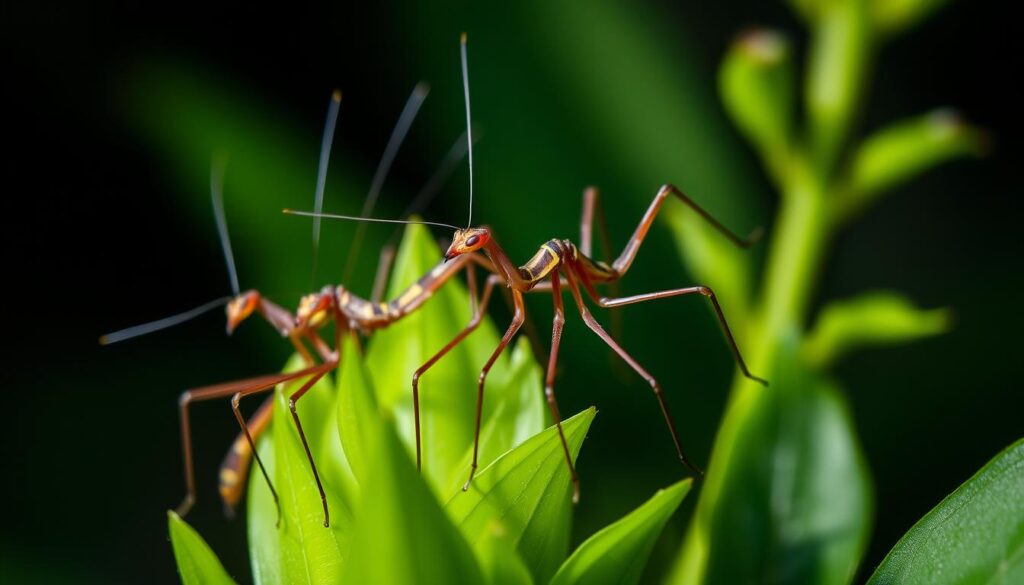
Why Stick Insects Are Great for Beginners
Stick insects are incredibly easy to care for, requiring minimal space and resources. They thrive in simple setups with vertical climbing space, such as a well-ventilated tank filled with branches and leaves. Parents can rest assured knowing these creatures are safe for kids, though adult supervision is recommended due to their fragile bodies.
Popular species like the Indian Stick Insect and the Giant Prickly Stick Insect are well-suited for US climates. Their lifespans vary, with some living up to 18 months, while others can survive for several years. This makes them a long-term companion for families.
Handling and Care Tips
Handling stick insects requires gentle techniques. Use guava or mulberry leaves to support their bodies when placing them on a child’s arm. Avoid direct contact during molting, as their exoskeletons are soft and vulnerable. Providing a humid environment and fresh leaves ensures their health and happiness.
Molting can be a challenge for new owners, but with proper care, it becomes a fascinating process to observe. Educational studies from 2020 messages highlight the growing adoption of stick insects in schools, emphasizing their role in teaching responsibility and biology.
| Species | Lifespan | Climate Suitability |
|---|---|---|
| Indian Stick Insect | 12-18 months | Warm, humid |
| Giant Prickly Stick Insect | 2-3 years | Moderate |
| Vietnamese Stick Insect | 1-2 years | Tropical |
If you’re ready to get one, stick insects are a rewarding choice for families. Their unique appearance and educational value make them a standout option for kids and parents alike.
2. Madagascan Hissing Cockroach: Low Maintenance and Fascinating
Looking for a fascinating and easy-to-care-for species? Consider the Madagascan Hissing Cockroach. These creatures are known for their unique hissing sound, which they use as a defense mechanism. With a manageable size of around 2 inches, they are easy to handle and care for, making them ideal for beginners.
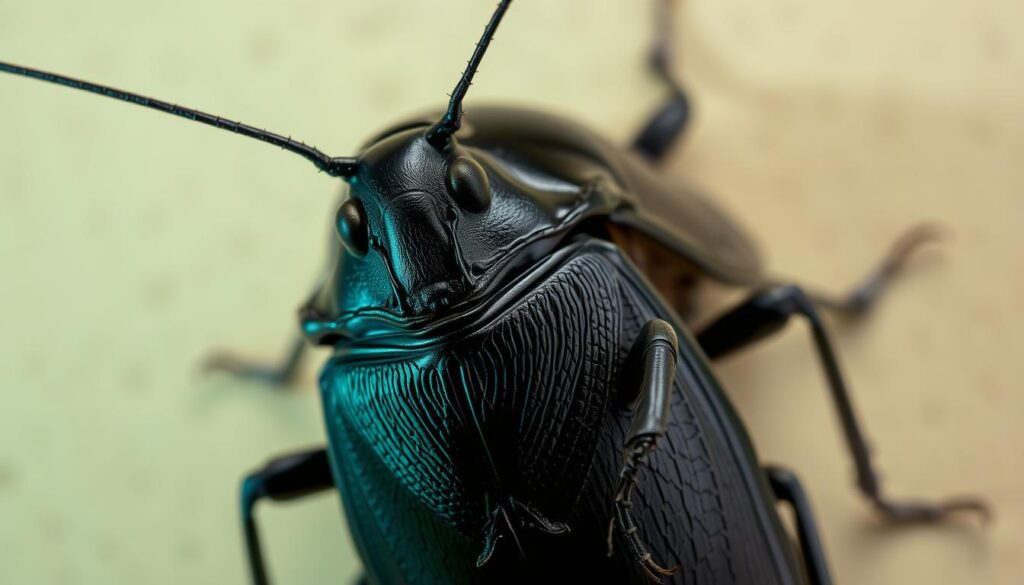
Unique Features of Hissing Cockroaches
Madagascan Hissing Cockroaches stand out due to their distinctive hiss. This sound is produced by expelling air through specialized spiracles. While it may seem intimidating at first, the hiss becomes less frequent as the cockroaches become accustomed to their environment.
Unlike some regulated roach species, these cockroaches are legal to keep in most areas. However, it’s always wise to check local regulations, as some regions may require permitting. Their omnivorous diet, which includes fruits, vegetables, and decaying plant matter, simplifies feeding and care.
How to Care for Them
Setting up a bioactive enclosure is a great way to mimic their natural habitat. Use a substrate like coconut fiber and add hiding spots with bark or cardboard. Maintain a temperature of 75-85°F and humidity levels around 60-70% for optimal health.
These cockroaches are social creatures and thrive in colony settings. Observing their interactions can be an educational experience, especially for kids. Studies from 2019 messages highlight their role in teaching about insect behavior and ecosystems.
- Diet: Fruits, vegetables, and decaying plant matter.
- Enclosure: Bioactive setup with coconut fiber and hiding spots.
- Temperature: Maintain 75-85°F.
- Humidity: Keep levels around 60-70%.
- Social Behavior: Thrive in colonies, ideal for observation.
From nymph to adult, their growth timeline is fascinating to watch. Dispel the common myth that they are pests—these cockroaches are clean, odorless, and make excellent pets for those interested in unique species. With proper care, they can live up to 5 years, offering a long-term learning opportunity.
3. Land Crabs: Exotic and Educational
Land crabs offer a unique blend of exotic appeal and educational value for families. These fascinating creatures bring the wonders of the shoreline into your home, providing hands-on learning opportunities for kids. With their intriguing behaviors and manageable care requirements, they are an excellent choice for parents seeking to inspire curiosity about marine ecosystems.
Setting Up a Land Crab Habitat
Creating the right environment is crucial for land crabs. They require a brackish water paludarium setup, combining both land and water areas. Use a substrate mix of sand and coconut fiber in a 2:1 ratio to support their burrowing habits. Ensure the enclosure has ample hiding spots and climbing structures to mimic their natural habitat.
UVB lighting is essential for their exoskeleton health, as it helps them metabolize calcium. Maintain a temperature range of 75-85°F and humidity levels around 70-80%. Regular misting and a shallow water dish will keep them hydrated and comfortable.
Handling and Safety Tips
Land crabs have a pinch force comparable to a small lobster, so handling them requires caution. Use underwater transfer techniques to minimize stress and avoid direct contact with their claws. Always supervise children during interactions to ensure safety.
Observing their molting process can be an educational experience. During this time, they are particularly vulnerable, so avoid handling them until their new exoskeleton hardens. Prevent common shell diseases by maintaining clean water and a balanced diet rich in calcium.
- Species Comparison: Caribbean species thrive in warmer climates, while Asian species prefer moderate temperatures.
- Diet: Offer a mix of fruits, vegetables, and protein sources like fish or shrimp.
- Tank Mates: Land crabs are solitary and do not require companions.
As highlighted in 2021 messages, land crabs are a rewarding choice for families. Their unique behaviors and care requirements make them a standout option for those looking to get one and explore the natural world together.
4. Praying Mantis: A Lesson in the Circle of Life
The praying mantis offers a captivating glimpse into the natural world, making it a favorite among insect enthusiasts. These creatures are not only fascinating to observe but also provide valuable lessons about predator-prey relationships and the circle of life. Their unique behaviors and manageable care requirements make them an excellent choice for families and hobbyists alike.
Feeding and Care Requirements
Praying mantises thrive on a diet of live insects such as crickets and locusts. Target feeding techniques ensure they receive proper nutrition without overfeeding. It’s important to provide a habitat with ample climbing space and ventilation to mimic their natural environment.
Molting is a critical phase in a mantis’s life. During this time, they are vulnerable and should not be handled. Ensuring proper humidity levels and avoiding disturbances can prevent molting hazards. As highlighted in 2020 messages, understanding these needs is key to their care.
Why They’re Ideal for Insect Enthusiasts
Praying mantises are non-venomous and pose minimal risk to handlers. Their defensive bites are rare and harmless, making them safe for supervised interactions. For beginners, the Chinese mantis is a recommended species due to its hardy nature and adaptability.
Their lifespan ranges from 6 to 12 months, offering a manageable commitment for families. Observing their life cycle, from ootheca hatching to adulthood, is an educational experience. Flight capabilities vary by species, with some being more active fliers than others.
“The praying mantis is a living lesson in patience and precision, teaching us about the delicate balance of nature.”
| Species | Lifespan | Flight Capability |
|---|---|---|
| Chinese Mantis | 6-12 months | Moderate |
| Carolina Mantis | 6-8 months | Limited |
| European Mantis | 8-12 months | Strong |
Parents considering a praying mantis should check local regulations, as some species are native while others are invasive. With proper care and attention, these creatures can become a rewarding addition to any home, offering both entertainment and education.
5. Tarantulas: Overcoming Arachnophobia
Tarantulas, often misunderstood, can be a gateway to overcoming arachnophobia. These fascinating creatures are not only low-maintenance but also offer unique educational opportunities. For parents looking to introduce their children to the world of arachnids, tarantulas are an excellent choice.
Choosing the Right Species
Selecting the right species is crucial for a positive experience. The Chilean Rose and Mexican Redknee are highly recommended for beginners. These species are known for their docile temperaments and manageable care requirements.
New World tarantulas, like the Chilean Rose, are generally calmer and less venomous than Old World species. They also possess urticating hairs, a defense mechanism that deters predators. This makes them safer for families to handle under supervision.
Handling and Safety Precautions
Handling tarantulas requires caution and respect. Always use gentle techniques and avoid sudden movements. Their urticating hairs can cause irritation, so it’s best to minimize direct contact.
Molting is a critical phase in a tarantula’s life. During this time, they are vulnerable and should not be handled. Observing this process can be an educational experience, as highlighted in 2019 messages from the arachnobaron joined community.
- Enclosure Setup: Ensure proper ventilation and escape-proof locking mechanisms.
- Substrate Depth: Provide 3-4 inches for burrowing species.
- Venom Potency: New World tarantulas have milder venom compared to Old World species.
- Conservation Status: Many tarantulas are protected under Theraphosidae conservation efforts.
“Tarantulas are a testament to the beauty of overcoming fear and embracing the unknown.”
For those ready to get one, tarantulas offer a rewarding experience. Their unique behaviors and manageable care make them a standout choice for families and enthusiasts alike.
6. Millipedes: Slow-Moving and Docile
Millipedes, with their slow and gentle nature, make an excellent choice for families seeking a low-maintenance and educational addition to their home. These fascinating creatures are known for their segmented bodies and calm demeanor, making them ideal for kids and parents alike.
Diet and Habitat Needs
Millipedes thrive on a diet of decaying plant matter, such as leaves and wood. Providing a calcium-rich substrate, like cuttlebone or eggshells, supports their exoskeleton health. Avoid toxic wood types like cedar or pine, as they can harm these delicate creatures.
Their habitat should mimic their natural environment. A bioactive setup with coconut fiber substrate and hiding spots works well. Millipedes are nocturnal, so they’re most active during the night, offering a unique opportunity for observation.
Why Millipedes Are Great for Kids
Millipedes are safe and easy to handle, making them perfect for children. Their gentle nature and slow movements reduce the risk of accidents. Teaching kids to handle them properly prevents curling, a defense mechanism triggered by stress.
These creatures also introduce kids to the concept of ecosystems. As part of a bioactive cleanup crew, they help break down organic matter, showcasing their role in nature. As highlighted in 2020 messages, this hands-on experience fosters a deeper understanding of biology.
- Species Comparison: African giant millipedes grow larger, while North American species are smaller and easier to manage.
- Handling Tips: Use a flat hand to support their body and avoid sudden movements.
- Staining Prevention: Wash hands after handling to remove any secretions, which are harmless but can stain.
“Millipedes are a gateway to understanding the delicate balance of nature, teaching patience and responsibility.”
For families ready to get one, millipedes offer a rewarding experience. Their unique behaviors and manageable care make them a standout choice for fostering curiosity and learning.
7. Giant African Land Snails: Impressive and Easy to Handle
Giant African Land Snails are a unique addition to any home, offering both simplicity and intrigue. These long lived creatures can grow up to 25cm, making them one of the largest snail species in the world. Their calm demeanor and minimal care requirements make them ideal for families and beginners alike.
Creating the Perfect Snail Habitat
Setting up a suitable habitat is essential for these snails. Use a well-ventilated tank with a secure lid to prevent escapes, as they are powerful climbers. A substrate mix of coconut fiber and soil provides a comfortable environment for burrowing.
Maintain humidity levels between 70-80% by misting the enclosure regularly. A shallow water dish ensures hydration, while UVB lighting supports their calcium metabolism. As highlighted in 2021 messages, proper humidity and lighting are key to their health.
- Escape Prevention: Use a tightly sealed lid and smooth-sided enclosure.
- Humidity Maintenance: Mist daily and use a hygrometer to monitor levels.
- Substrate Depth: Provide at least 3 inches for burrowing.
What to Feed Your Snail
Giant African Land Snails thrive on a diet of fresh vegetables and fruits. Avoid high-oxalate foods like spinach and rhubarb, as they can interfere with calcium absorption. Offer calcium supplements, such as cuttlebone, to support their shell health.
Egg-laying frequency can be controlled by adjusting temperature and humidity. If you’re ready to get one, ensure you check local regulations, as some states require permitting due to USDA restrictions.
| Species | Size | Diet |
|---|---|---|
| Lissachatina fulica | Up to 20cm | Vegetables, fruits, calcium supplements |
| Achatina achatina | Up to 25cm | Leafy greens, fruits, cuttlebone |
With proper care, these snails can live for several years, offering a rewarding experience for families. Their unique behaviors and manageable care make them a standout choice for those looking to explore the world of exotic creatures.
8. Shield Shrimps: A Glimpse into Prehistoric Times
Shield shrimps offer a fascinating journey back in time, making them a unique addition to any home. These ancient creatures, often referred to as “living fossils,” provide a glimpse into prehistoric life. Their rapid growth and self-sustaining egg production make them an intriguing choice for families and hobbyists alike.
Setting Up a Shield Shrimp Tank
Creating the perfect environment for shield shrimps is straightforward. Start with a small tank, as they require minimal space. Use a desk lamp for heating, maintaining a temperature between 72-78°F. A substrate of fine sand or gravel mimics their natural habitat and supports their burrowing behavior.
Water quality is crucial for their health. Regularly test parameters like pH (7.0-8.0) and hardness (150-200 ppm). Adding decorations like rocks and plants enhances their environment while providing hiding spots. As highlighted in 2019 messages, maintaining these conditions ensures their well-being.
- Species Comparison: Triops longicaudatus grows faster, while cancriformis is more resilient.
- Water Testing: Use kits to monitor pH, hardness, and ammonia levels weekly.
- Cyst Dormancy: Break dormancy by soaking cysts in dechlorinated water for 24 hours.
Understanding Their Life Cycle
Shield shrimps have a fascinating life cycle that can be observed in just 30 days. They hatch from cysts and grow from 6mm to 6cm within a month. Their rapid development makes them an excellent educational tool for kids and parents.
Their ability to produce self-sustaining eggs ensures a continuous cycle. These eggs can survive desiccation, a unique adaptation that allows them to thrive in harsh environments. Observing their growth under a microscope provides valuable insights into their biology.
| Species | Growth Rate | Adaptations |
|---|---|---|
| Triops longicaudatus | Fast | Desiccation survival |
| Triops cancriformis | Moderate | Resilient to temperature changes |
For those ready to get one, shield shrimps offer a rewarding experience. Their unique behaviors and educational value make them a standout choice for families looking to explore the wonders of prehistoric time.
9. Ants: Educational and Low Maintenance
Ants are a fascinating way to introduce kids to the wonders of nature and teamwork. These tiny creatures offer a hands-on learning experience that’s both engaging and educational. With their complex social structures and industrious behavior, ants provide a unique window into the natural world.
Building and Maintaining an Ant Farm
Creating an ant farm is simple and rewarding. Choose between gel or soil designs, depending on your preferences. Gel farms are escape-proof and visually appealing, while soil farms mimic the ants’ natural habitat more closely.
Ensure the enclosure has proper ventilation and secure lids to prevent escapes. Regularly clean feeding ports to maintain hygiene. As highlighted in 2020 messages, a well-maintained ant farm can last for months, providing endless opportunities for observation.
What Kids Can Learn from Ants
Ants teach valuable lessons about teamwork, organization, and problem-solving. Kids can observe the queen/worker hierarchy and understand how each ant contributes to the colony’s success. Watching pheromone trails in action is a great way to learn about communication in the animal kingdom.
Parents can use ant farms to spark curiosity about biology and ecosystems. As noted by experts who joined jun, this hands-on experience fosters responsibility and a deeper appreciation for nature.
- Species Comparison: Harvester ants are hardy, while carpenter ants require more specific care.
- Colony Acquisition: Purchase a founding colony from reputable suppliers to ensure healthy ants.
- State Restrictions: Check local regulations, as some states have import restrictions on certain species.
- Hibernation: Some ants require a hibernation cycle, so adjust their environment accordingly.
| Species | Care Level | Hibernation Required |
|---|---|---|
| Harvester Ants | Easy | No |
| Carpenter Ants | Moderate | Yes |
For families ready to get one, ants offer a rewarding and educational experience. Their low maintenance and fascinating behaviors make them a standout choice for inspiring young minds.
10. Conclusion: Choosing the Right Invertebrate for Your Home
Selecting the right creature for your home involves careful consideration of care needs and legal requirements. Some species may require permitting under USDA Category B regulations, so always check local laws before making a decision. For parents, understanding the time commitment is crucial, as some creatures are long lived, spanning multiple years or even decades.
When planning for care, consider the lifespan of the creature. Short-lived species may be ideal for those with limited time, while long lived ones offer a lasting connection. College students should evaluate their ability to provide consistent care over years, especially if they plan to move or travel.
For those new to exotic creatures, resources like the AAS and USDA portals provide valuable guidance. These platforms offer insights into permit applications and emergency rehoming protocols. As highlighted in recent messages, proper planning ensures a rewarding experience for both parents and children.
Ultimately, the right choice depends on your lifestyle and commitment level. Whether you prefer a short-term companion or a long lived friend, thorough research and preparation are key. By understanding the needs of each species and adhering to legal requirements, you can create a fulfilling and educational environment at home.

